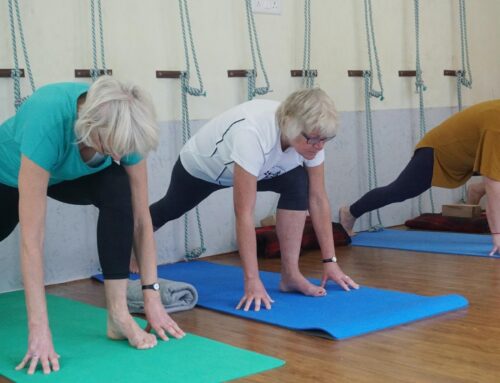Introduction
Mindfulness is a set of skills and techniques designed to heighten your mental awareness and acceptance on the current moment. Immersing yourself in the moment helps you own, accept and cope with intrusive or turbulent thoughts, and feelings.
Numerous health benefits are associated with mindfulness. Mindfulness training enables its practitioners to achieve deeper insights into their mind and to evolve a more compassionate and accepting mindset.
What Does Mindfulness Involve?
These mindfulness techniques are gradually developed via a series of often guided exercises, including meditation, to help individuals become more aware of their often engrained patterns of perception, feeling and behaving, to learn how to respond in more effective ways.
Good mindfulness practise is simple yet powerful and requires just a few minutes out of your day. It can be practised almost anywhere, making it a useful addition to your mental health self-care routine.
Mindfulness’ Goal
https://www.youtube.com/watch?v=IShTXBAnjP4
The simple goal of mindfulness is to raise our conscious awareness of our inner emotional, mental and physical processes and responses.
Common Myths About Mindfulness
- Mindfulness isn’t mystical or religious in orientation. It may form part of your spiritual observances, but being mindful is a technique for everyone
- Mindfulness is not about emptying your mind. Rather, you allow your feelings and thoughts to emerge without judgement
- Mindfulness is not a shortcut to guaranteed happiness. It is simply a gentle means of focusing your consciousness to the moment while providing coping techniques should the moment prove traumatic or stressful.
Common Facts About Mindfulness
- Mindfulness techniques have been with us for over 2,500 years. It has been successfully included in accepted psychological therapies since the 1970s
- Mindfulness can assist with improving your attention span, boosting your creativity, enhancing concentration and memory, reducing stress and strengthening your relationships
- Mindfulness is also a recognised approach in helping manage chronic pain, anxiety, depression, eating disorders, addiction recovery, relapse prevention and suicidal thoughts.
How Mindfulness Works
Many of us find ourselves dwelling on day-to-day worries, stressful memories, and painful problems, which leave us feeling anxious or depressed. Without a means to anchor us to the present moment, we can become mentally overwhelmed by stress.
Mindfulness provides that anchor. By zeroing in on the present moment, you can learn to let those stressful feelings and thoughts come and go without allowing them to control us.
Getting Started On Mindfulness
Start experiencing mindful moments by identifying everyday moments where your thoughts tend to skip onto worrying about the future, recalling painful memories or obsessing over problems. Then:
- Focus on what your senses are saying to you. What can you hear, see, touch, smell, and taste,?
- If your attention wanders, it’s okay, gently bring your focus back onto your senses
- Let your thoughts and feelings come and go. Keep your awareness anchored in the moment, focusing on your senses, while everything else drifts by
- Now focus on your breath. Feel the air flow in and out. Try not to consciously control your breathing
Final Observation
Mindfulness isn’t something you have to drop everything to focus on. Mindfulness is there for us to access, whether through pausing to breathe or through meditations and body scans. It’s at its most useful when in the middle of a hectic day when your mind often wanders into moments of tension and stressful thoughts. With practice, you can develop your ‘mindfulness muscles’, ensuring a sense of stillness and calm lies within easy to reach in your daily routine.



